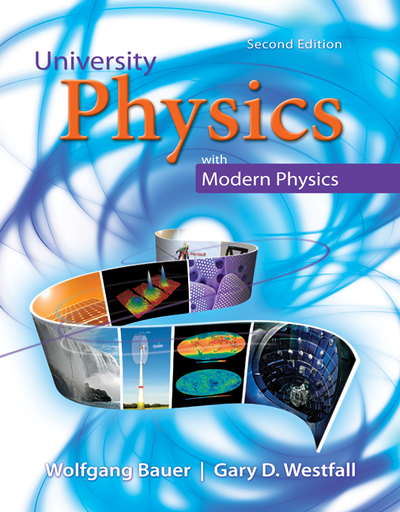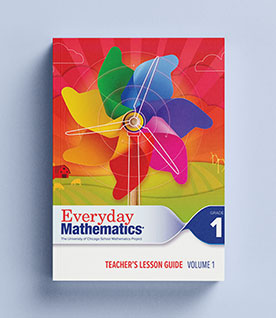0) The Big Picture: Modern Physics Frontiers
Part 1 - Mechanics of Point Particles
1) Overview
2) Motion in a Straight Line
3) Motion in Two and Three Dimensions
4) Force
5) Kinetic Energy, Work, and Power
6) Potential Energy and Energy Conservation
7) Momentum and Collisions
Part 2 - Extended Objects, Matter and Circular Motion
8) Systems of Particles and Extended Objects
9) Circular Motion
10) Rotation
11) Static Equilibrium
12) Gravitation
13) Solids and Fluids
Part 3 - Oscillations and Waves
14) Oscillations
15) Waves
16) Sound
Part 4 - Thermal Physics
17) Temperature
18) Heat and the First Law of Thermodynamics
19) Ideal Gases
20) The Second Law of Thermodynamics
Part 5 - Electricity
21) Electrostatics
22) Electric Fields and Gauss’s Law
23) Electric Potential
24) Capacitors
25) Current and Resistance
26) Direct Current Circuits
Part 6 - Magnetism
27) Magnetism
28) Magnetic Fields of Moving Charges
29) Electromagnetic Induction
30) Alternating Current Circuits
31) Electromagnetic Waves
Part 7 - Optics
32) Geometric Optics
33) Lenses and Optical Instruments
34) Wave Optics
Part 8 - Relativity and Quantum Physics
35) Relativity
36) Quantum Physics
37) Quantum Mechanics
38) Atomic Physics
39) Elementary Particle Physics
40) Nuclear Physics
Appendix A - Mathematical Primer
Appendix B - Element Properties
Answers to Selected Questions and Problems




















































Social Studies
View all Social Studies Programs
IMPACT (K–5)
Actively Learn (3–12)
New Social Studies (6–12)
Networks (6–12)